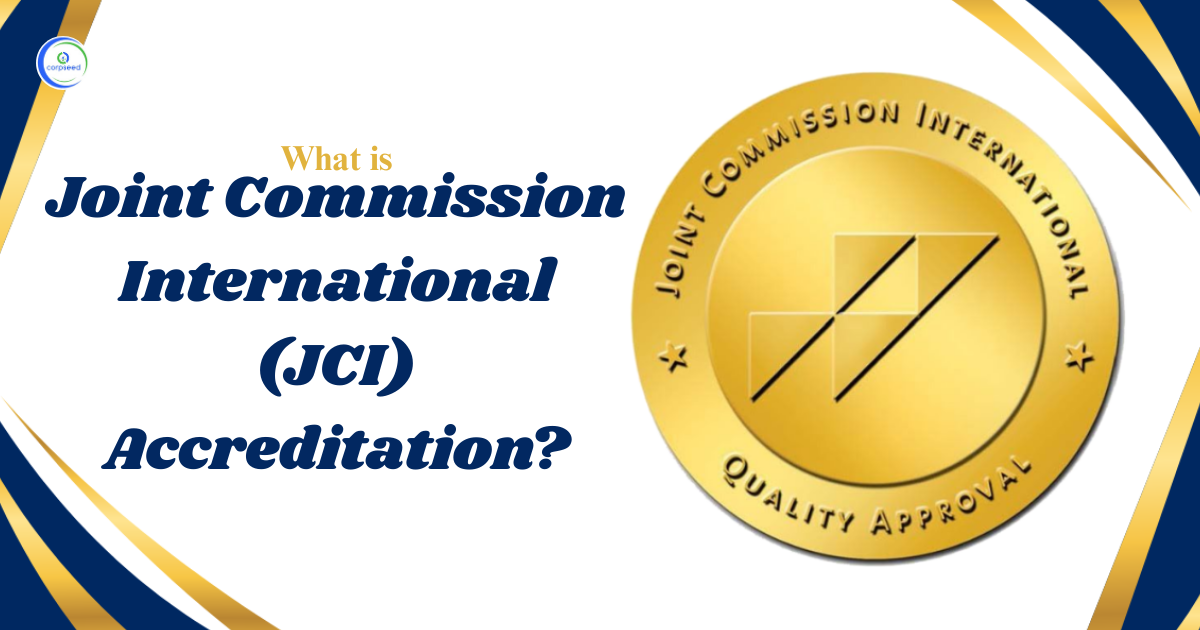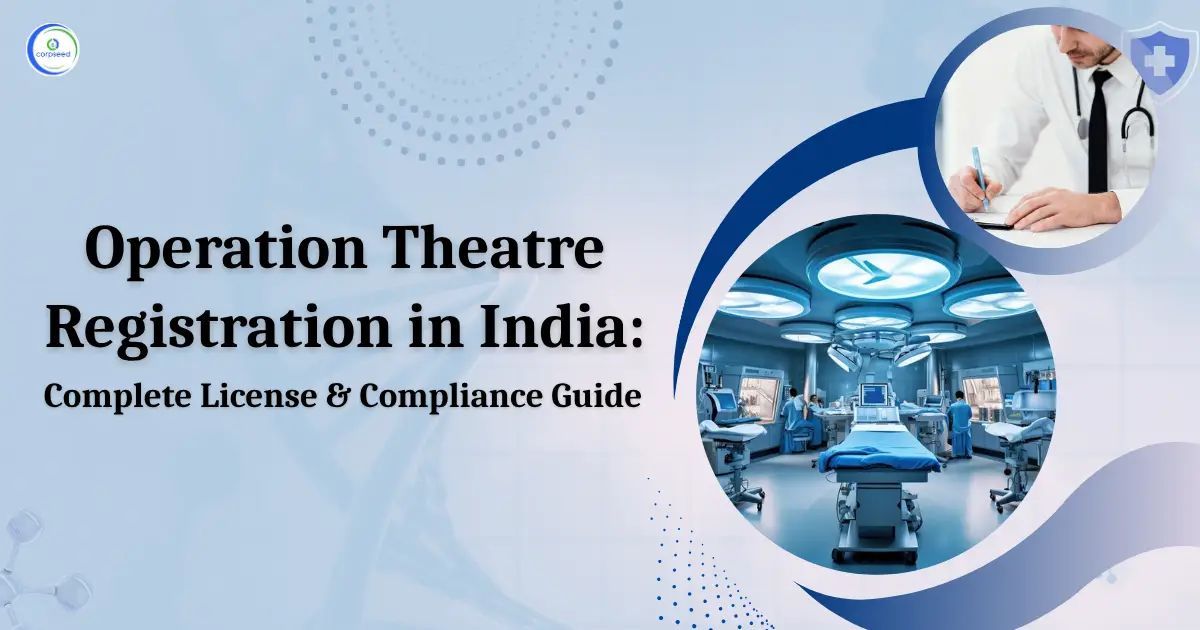What is NABL Approval?
The National Accreditation Board for Testing and Calibration Laboratories (NABL) is a body that accredits testing and calibration laboratories. This organization is a separate entity inside the Quality Council of India. This organization's major goal is to provide an unbiased assessment of quality standards for institutions, government agencies, and elementary schools. Proficiency testing, lab testing, medical testing, and testing for referenced medical producers will all be part of the NABL approval process. This would also involve quality control testing for various food businesses.
Table of Contents
- What is NABL Approval?
- Need for NABL Approval
- Goals of NABL Approval
- Conformity Assessment Bodies (CABs) must be accredited by the NABL:
- NABL Approval Procedure
- Step 1: Fill out an Application
- Step 2: Make a fee payment
- Step 3: Application Receipt
- Step 4: Visit for Pre-Assessment
- Step 5: Report Submission
- Step 6: Evaluation Team
- Step 7: Take Action to Follow Up
- Step 8: Recommendations
- Step 9: Obtaining the Certificate
- Step 10: Exceptional Amount
- Step 11: Compliances
- The NABL Approval's Validity
- Required Documents for NABL Approval
--------------Blog Contact Form-------------
Laboratory compliance and testing must adhere to strict guidelines. These requirements must be in accordance with ISO/IEC 17025: 2005, which specifies quality requirements for testing and calibration laboratories. Laboratories must also meet the ISO 15189: 2012 competence and quality criteria. Apart from that, the labs must adhere to quality standards set forth by ISO/IEC 17043/2010, which governs proficiency testing in medical laboratories.
As a result, any institution that engages in medical research, bioengineering, pharmacy, food processing, or materialistic research and development must obtain NABL approval (R & D)
Need for NABL Approval
NABL approval is a type of accreditation that gives an unbiased report on a product's quality standards. A Conformity Assessment Body (CAB) must obtain NABL accreditation in order to demonstrate that the products generated are of sufficient quality to suit the expectations of consumers. To meet the criteria of quality standards, all CABs must obtain NABL approval.
As a result, NABL approval would provide formal acknowledgment for a CAB-produced product. This is necessary not only for local products but also for products and devices exported outside of India. A third-party assessment of quality standards is undertaken as part of the accreditation process. These quality criteria should be in line with international standards.
When it comes to items produced by CABs, NABL approval is a quality assessment that offers technical standard approval.
Read Our Blog: NABL Accreditation for Testing and Calibration
Goals of NABL Approval
- Individual CABs would be granted a licence to operate in domestic markets under this type of licencing.
- CABs that follow the NABL's guidelines will ensure that compliance is maintained on a regular basis.
- The accreditation of the NABL would raise the quality requirements of CAB products, particularly in medical testing, food tasting, and forensic testing. The quality of items created and made in India will improve as a result of this.
- NABL has signed Memorandums of Understanding (MOUs) with a number of international institutions in order to improve training and access to technical R&D. International training would be available to any CAB with NABL approval.
- The NABL's approval will boost confidence and production in medical and calibration laboratories.
- NABL would be in charge of providing quality assurance standards.
- The CAB's long-term performance will be improved as a result of this approval.
Conformity Assessment Bodies (CABs) must be accredited by the NABL:
Testing Equipment for Laboratories
For laboratories that evaluate a variety of items and equipment, NABL certification is essential. The following are examples of such laboratories:
- Radiology
- Forensic
- Chemical
- Biological
- Food Processing
- Fluid / Mechanical
- Thermal
Laboratories for Calibration
NABL accreditation will also be required for calibration laboratories. NABL clearance is required for the following laboratories:
- Mechanical/ Fluid-Flow
- Thermal Optical
- Electronic
- Radiological
Medical Laboratories
To test different treatments, all pharmaceutical and medical companies would need NABL clearance. For the medical industry, this approval is critical. This approval is required by the following laboratories:
- Bacteriology
- Nuclear Medication
- Genetics
- Microbiology
- Pathology
- Biogenetics
- Hematology
- Serology
Laboratories of Proficiency
This type of approval will be required by various laboratories that test the proficiency of products. This approval is required by the following proficiency laboratories:
- Inspection
- Calibration
- Medical
Laboratories for Reference Materials
The NABL would also have to approve laboratories that study the responses of various materials. This approval is required by the following reference material laboratories:
- Engineering Processes
- Genetics Industry
- Biological processes
- Pharmaceutical Industries
NABL Approval Eligibility Criteria
To meet the NABL's requirements, the institution (CAB) must meet the following eligibility criteria:
- The institution must first and foremost be a CAB that does relevant activities such as laboratory testing, calibration, food processing, research, and development.
- A CAB institution must either select a representative to begin the NABL approval process formalities.
- A CAB institution must either select a representative to begin the NABL approval process formalities.
- The institution (CAB) must have created a manual outlining the quality requirements. These quality standards must meet the following criteria:
- ISO/ IEC 17025: 2005; or
- ISO 15189: 2012; or
- ISO/IEC 17043/2010
- The CAB must have an appointed manager who has had up to four days of relevant training in internal audit and management policies.
- The CAB's quality document must be put into effect as soon as possible. According to NABL 130-, which specifies the criteria for Site Testing and Site Calibration Laboratories, the CAB must also meet the requirements.
- Any applicant must complete the Proficiency Training Program, which is run by the NABL or an international organization. If no formal training is provided, the institution can conduct a quality assessment using an inter-lab comparison. If a lab wants to take part in the aforementioned event, it must meet a minimum standard of one parameter or test.
- Before asking for NABL clearance, the CAB must conduct at least one internal audit and management review.
NABL Approval Procedure
-
Step 1: Fill out an Application
The institution must submit an application to the NABL at this point. The NABL must also receive the necessary documentation in addition to the application. An application must be submitted in three copies (3 copies). The management system's quality handbook must be described in two copies. This must be done in line with ISO/IEC 17025: 2005, ISO 15189: 2012, ISO/IEC 17043:2010, or ISO 17034:2016 requirements.
-
Step 2: Make a fee payment
The applicant must pay the appropriate fee, which is specified in NABL 100. If an applicant does not want to make any type of information disclosure, the authority must be informed for the same reasons.
-
Step 3: Application Receipt
A unique identification number (UIN) will be granted once the application (together with the required money) is received by the NABL Secretariat. In any correspondence with the NABL, the applicant must include this number.
-
Step 4: Visit for Pre-Assessment
If the application has no errors, a lead assessor will be assigned to conduct a pre-assessment visit to the CAB. The assessment is done to see if there are any anomalies in the CAB's quality control procedures. In addition, the assessor will determine whether the NABL is required to conduct any additional assessments.
-
Step 5: Report Submission
After the lead assessor has completed the review, a report is sent to the NABL Secretariat. A copy is sent to the Secretariat, and all of the data are preserved in the Secretariat's document management system.
-
Step 6: Evaluation Team
The NABL shall assemble a team consisting of the lead assessor, technical experts, and other individuals with experience in relevant sectors and disciplines after the CAB has taken all measures to address the deficiencies. The team examines compliance and determines whether it meets the required criteria. If any discrepancies are discovered in the CAB, a report will be written and submitted to the Secretariat. Remedies to remedy the disparities would also be included in the report. A copy will be forwarded to the appropriate CAB.
-
Step 7: Take Action to Follow Up
The CAB must take action when the NABL secretariat analyses the report. Within 60 days of receiving the Assessment Team's report, this step must be taken. The CAB must mention the corrective measures it has taken to mitigate problems while in action.
-
Step 8: Recommendations
The Accreditation Committee will submit recommendations to the NABL Chairman after the CAB has completed its follow-up action. The Chairman's judgment is not final, and it can be challenged before the NABL's director.
-
Step 9: Obtaining the Certificate
When the applicant's accreditation is approved, the NABL will provide them with the following documents:
- Unique Identification Number (UIN);
- NABL Approval Certificate;
- A hologram with the NABL symbols;
- The Certificate's Validity Date; and
- Discipline
-
Step 10: Exceptional Amount
If the applicant owes the NABL any money, it must be paid before the certificate is issued.
-
Step 11: Compliances
The Applicant is responsible for ensuring that compliance is maintained. The applicant must comply with the following requirements:
- ISO/ IEC 17025: 2005; or
- ISO 15189: 2012; or
- ISO/IEC 17043:2010 or ISO 17034:2016.
- Apart from this, the applicant also has to comply with the terms and conditions of the NABL 131.
The NABL Approval's Validity
The certificate will be valid for two years after the applicant receives it. The NABL conducts annual surveillance. Before the license expires, the CAB must seek renewal. This must be completed six months before to the license's expiration date.
Required Documents for NABL Approval
- Criteria for medical laboratories (NABL 112).
- Specific Criteria for Medical Device Calibration (NABL 126).
- For testing laboratories (NABL 151).
- For calibration laboratories (NABL 152).
- For medical laboratories (NABL 153).
- Application form and Check List for NABL medical (NABL 155).
- Information related to the management of the quality system manual (NABL 160).
- For PTP (NABL 180) and.
- For RMP (NABL 190).
- General Information of NABL (NABL 100).
- Assessment forms and checklist for NABL (ISO/IEC 17025:2017) NABL 219.
This portion of the site is for informational purposes only. The content is not legal advice. The statements and opinions are the expression of author, not corpseed, and have not been evaluated by corpseed for accuracy, completeness, or changes in the law.
BOOK A FREE CONSULTATION
Get help from an experienced legal adviser. Schedule your consultation at a time that works for you and it's absolutely FREE.









